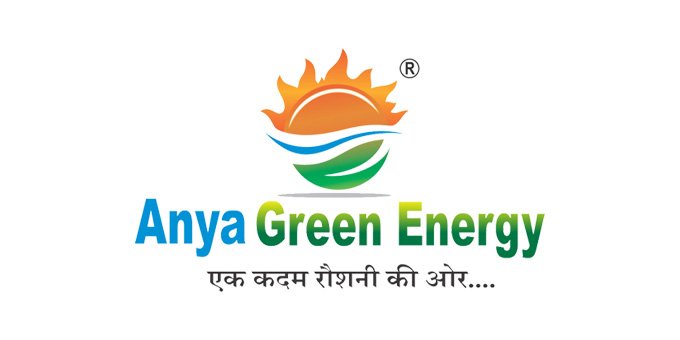Get in Touch
Frequently Asked Questions!
Most commonly used type of solar energy technology in the World is photovoltaic (PV) panels. PV panels contain a semiconductor material (typically silicon-based) which converts sunlight into direct-current (DC) electricity. An on-site inverter converts the DC power to 220-volt AC power, which can then be connected to a home or building’s power supply.
Solar energy creates electricity and heat and avoids pollution from conventional coal plants and nuclear plants. Using national average emission factors, every megawatt-hour of electricity generated through a solar PV panel avoids more than 590Kgs of carbon dioxide (CO2), more than 2500Grams of sulfur dioxide (SO2), and almost 900grams of nitrogen oxide (NOx), and it avoids producing radioactive nuclear wastes. Solar energy production is highest on hot, sunny days when air conditioners are running and electricity demand peeks. By providing energy Holidays Costumes during peek demand times, solar provides a clean alternative to peeking plants,’ that are often the dirtiest and least efficient coal and oil plants.KWh generated per unit of fuel used:1,870 kWh per Ton of Coal or 0.9 kWh per Pound of Coal
125 kWh per Mcf (1,000 cubic feet) of Natural Gas
542 kWh per Barrel of Petroleum, or 13 kWh per Gallon
A kW solar energy system will cost approximately ₹119000*. That total includes the cost for all components – solar panels, Solar battery, panel mounts, and inverter – and labor associated with installation. It does not however, reflect all the avoided costs, such as the tax breaks.
Kindly contact AGE Solutions to get an estimate, about size and price of the right system for you.
Solar photovoltaic panels require very less maintenance – no need to wash or dust. It is, however, important to place panels where they will remain clear of shade and debris. Thus you will have to wipe them off if too much dust or leaves fall on them.
Yes. Most of the Gramine And Commercial banks are funding the solar power system.
For more information about ways to finance your home’s solar power system contact us.
The location of your home and the local climate will play into where you place and how you install your solar system. Wind speeds, heavy dust, and temperature can all effect a solar array. Understanding how those inputs affect performance will determines the types of mounts or how the arrays are angled. AGE solutions’s personae in your area is likely quite knowledgeable about your local conditions and can help you design that works well for you.
You can estimate how much a solar system may cost if you determine your current energy needs and costs and compare with your future expected use. Once you have a sense of how much energy you use, you can evaluate the cost of purchasing and installation of the technologies.
Luckily in current time you can take advantage of huge Subsidy by the Government.
Planning, configuring, and doing any custom ordering for your solar energy system can takes up to a few weeks. However, the installation process itself can typically be completed in only a few days time, often even less.
In bright sunlight, a square meter of a conventional photovoltaic panel will yields 100 watts of power. That is a helpful rule of thumb for calculating a rough estimate of how much area you might need. For example, a 1000 watt system may need ten – 12 square meter of area, depending on the type of PV module used.
Unfortunately shading a photovoltaic system dramatically decreases its output. Just shading the bottom row of wafers alone amounts to a 80% reduction in efficiency. So above all, do not shade your array!
Although southern exposure increases the effectiveness of a residential solar power system, your home may still work for solar power without having south facing exposure. Seek advice from a professional solar designer or installer to ensure success.
Solar pumping systems work anywhere the sun shines. The majority of India enjoys plenty of sun to operate a pumping system economically. The intensity of light varies greatly throughout the day. Morning and afternoon sunlight is less intense because it is entering the earth’s atmosphere Baby Dolls at a high angle and passing through a greater cross section of atmosphere, which reflects and absorbs a portion of the light. We measure sun intensity in peak full sun hours. One hour of peak sun is roughly equivalent to the sunlight on a clear summer day at noon. The sunlight or isolation levels also vary seasonally. Fortunately, most needs for water correspond with the sunniest seasons of the year – spring, summer and autumn. Small to medium solar electric pumping systems are easily portable. By mounting the solar system on an axle or trailer, a system can be moved from bore to bore. This increases the economic return of a system by increasing the seasons of use. It may also correspond with the rotation of grazing areas.
N10/72 E-25, New Colony, BLW, Varanasi 221005


